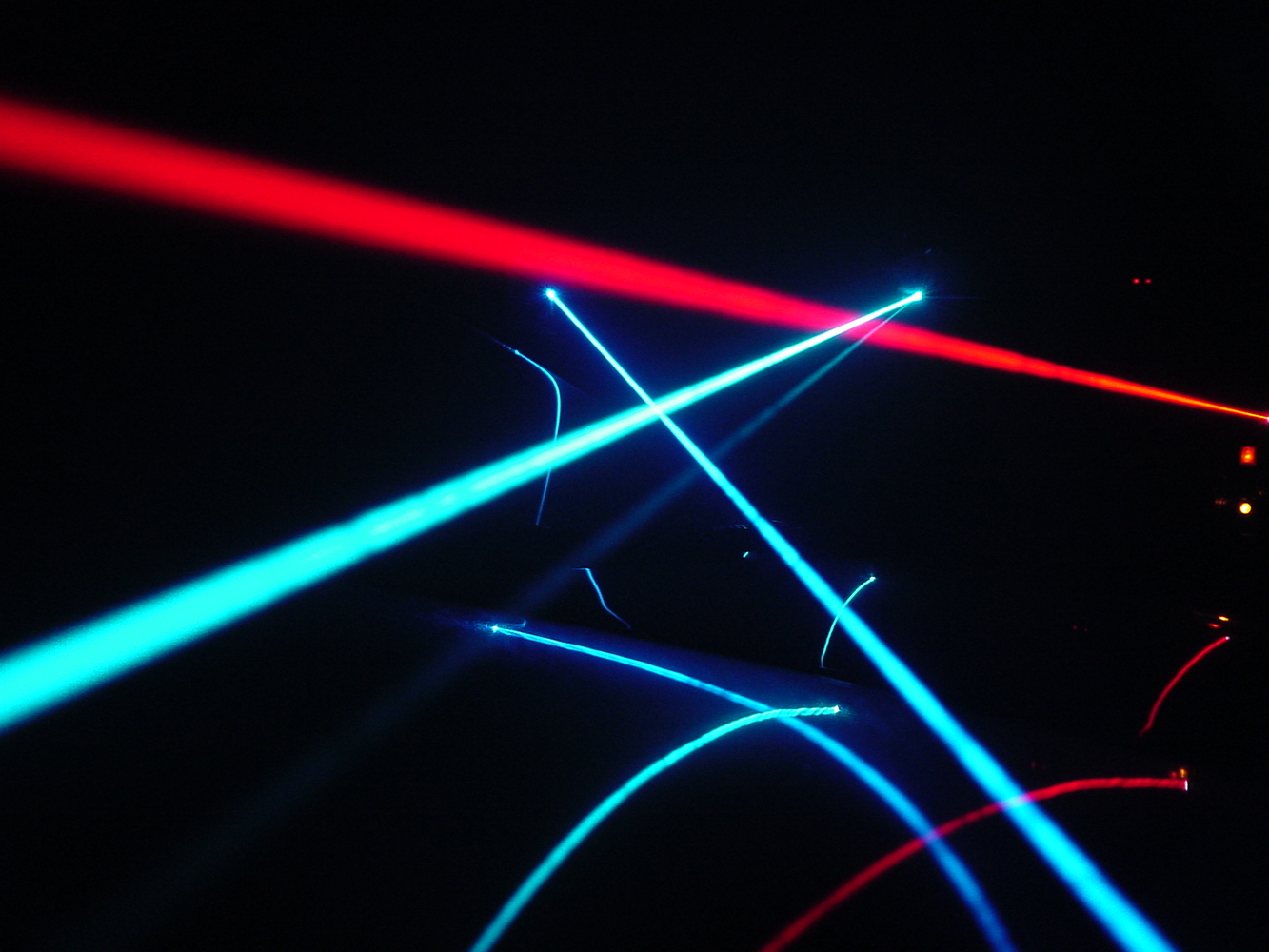Scientists have unveiled a way to control light beams, wave-by-wave.
Light is vitally important, not only in our everyday lives to avoid bumping into things, but to our technology, ranging from transmitting our phone calls down optic fibres to making computer chips. So any improvement in our control of light should help in all sorts of different ways.
Light will travel at right angles to its wave fronts, a wave front is the line  along the top of a wave). Normally you do this with a mirror, or by using a material that slows down light like glass, allowing you to bend the wavefronts and therefore light in lenses or prisms, but this is very limited in what you can do with the light.
along the top of a wave). Normally you do this with a mirror, or by using a material that slows down light like glass, allowing you to bend the wavefronts and therefore light in lenses or prisms, but this is very limited in what you can do with the light.
Federico Capasso and collegues have managed a much finer control, they have managed to make tiny gold rods onto a silicon wafer that are smaller than the wavelength of light, which when they are hit by light have electric currents induced in them which slosh up and down the rods. Depending on the shape of the rods, these currents interact with the light and can slow down the wave fronts by different amounts.
This means that the wavefronts can be controlled by changing the pattern of rods. They have made light leaving the silicon bend in a direction they can control, and they have made the light form a spiralling pattern by creating a circle of different rods with different delays at different angles. This spiralling light will cause molecules it hits to spin and is useful for controlling individual atoms or even cells, and in quantum computing.
But the real power of this technique is that they have managed to produce a generalised form of the equations of reflection and refraction which will allow them to have almost complete control of light, so it should be possible to make patterns on a scale smaller than light's wavelength, completely flat lenses, perfect absorbers, and may other useful devices. Though it might be a while before they get used in glasses, as the present design will work differently for different colours.










Comments
Add a comment